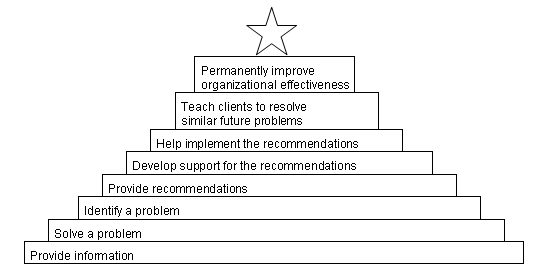Things you need to know before hiring
an ergonomics consultant
It
is now becoming common for companies to retain
a professional ergonomist to support an effective workplace ergonomics.
The following provides an orientation to maximize the advantages of
involving an ergonomics consultant:
-
Ergonomists have technical information that can help them effectively
train your team in the skills of problem solving for your own
environment.
-
An ergonomics consultant may have seen operations similar to your
own and may know good, practical solutions that fit your situation.
-
An ergonomics consultant is a neutral party outside your own
organizational politics, which provides an ability to say things that
might otherwise be awkward for a staff member to say. Furthermore, many
decision makers appreciate having an outside sounding board — someone
they can use to perform reality checks on ideas and plans.
-
An ergonomics consultant may be skilled in facilitating brainstorming
sessions and may have polished training programs.
With all the good that an ergonomics consultant can do for your company,
there are a few potential shortcomings you should be aware of when hiring
such a consultant. First, despite their technical skills and academic
training, he or she may not have experience in practical problem solving
or may have no particular expertise in program development. Second, you
will need to find someone who has successfully solved a problem on the
workplace floor and is not just teaching anatomy classes. I can guide you
to the consultant you need if I’m not available myself.
Getting the most
from a consultant
There are a number of steps you can take to help make sure you get the
most from a consultant. The following is a hierarchy of consulting roles,
which can help you and the consultant define and agree to the same
expectations of the relationship.
Hierarchy of
Consulting

Many employers and consultants alike view the consulting task as the
bottom rung (or two) in this hierarchy. But in my view, you should expect
a lot more from a consultant than this.
If
a consultant succeeds in getting people to think about site operations,
the consultant
usually has accomplished a great deal. As one plant manager once said to
me, “Let me get this straight. You’re a consultant who doesn’t try to
tell us what to do, but instead you try to get us to think?” I thought
that was a superb way to regard the consultant’s role and how he or she
sees himself in helping clients.
In
general, the best results happen when the ergonomics consultant combines
training with problem solving. That way you get the best of both worlds:
the consultant’s ideas and comments, plus people at the site are better
able to solve problems themselves in the future. More importantly, the
quality of ideas for improvements goes up when there’s interaction between
the consultant and site people; then it’s not just the consultant making
suggestions in the dark without knowing exactly how things are done.
Define the scope
of work
It’s helpful to define the specific actions or outcomes of the consulting
project, for example:
-
Provide a 3-day
training session for TeamErgo with the objective of empowering the team
to conduct task evaluations.
-
Conduct four
separate 2-hour sessions for supervisors on all shifts to explain the
program and obtain their support.
-
Meet with
employees in the pilot department for 45 minutes.
-
Conduct an analysis of OSHA 300 records and provide a short report of
results in a PowerPoint format.
You may need to meet with the consultant, provide a site tour and discuss
a range of options before being able to define the exact scope of work to
be done.
Temporary help
Another common way to involve an ergonomics consultant is as a temporary
staff member. The ergonomist, in this case, serves as an in-house staff
member, either full time for a few months or part time on a more-or-less
permanent basis.
In
either case, it's important to develop a process that involves your
permanent staff. Wouldn't you agree that your program shouldn't stop the
minute the consultant leaves the door?
|
